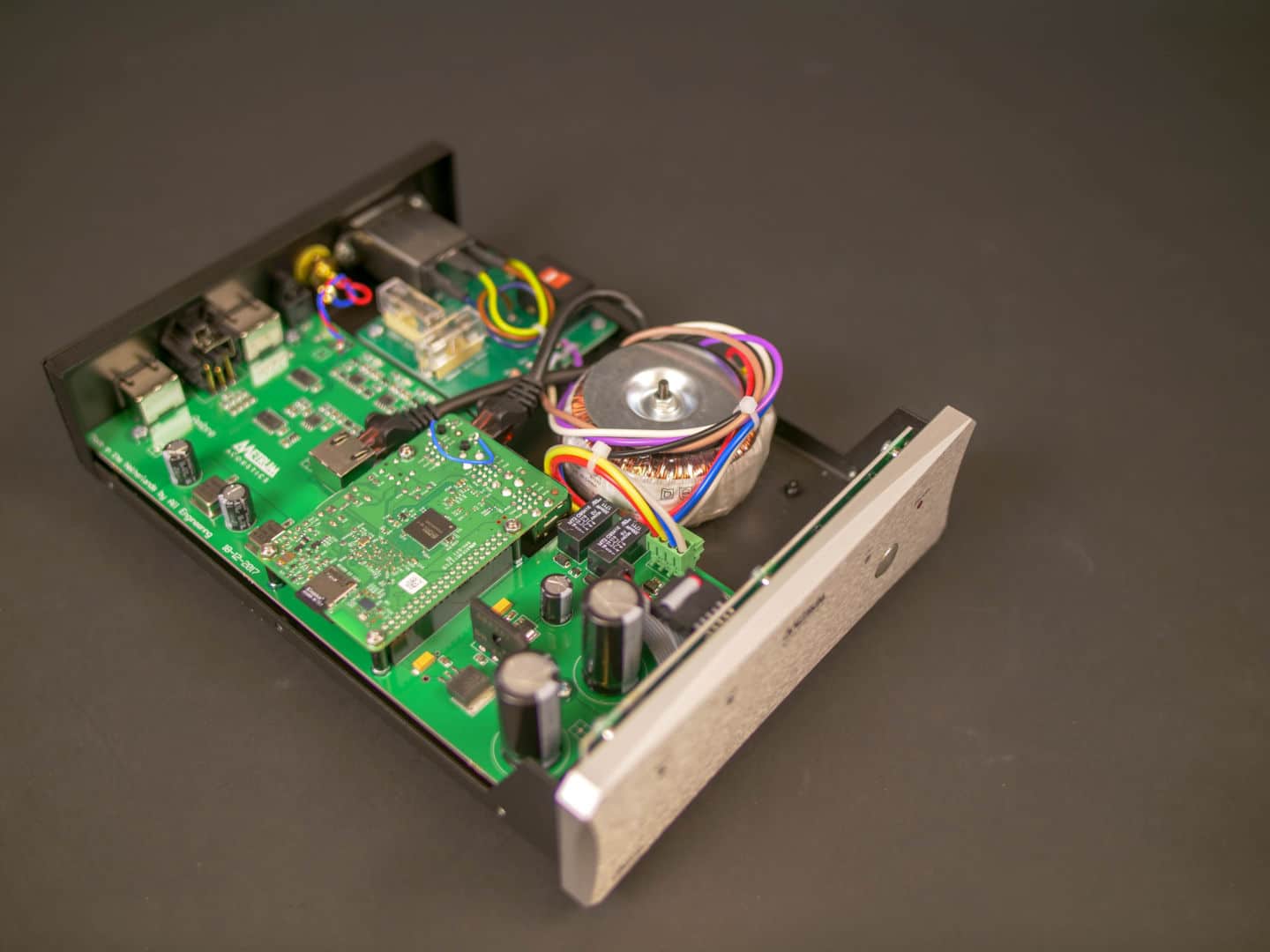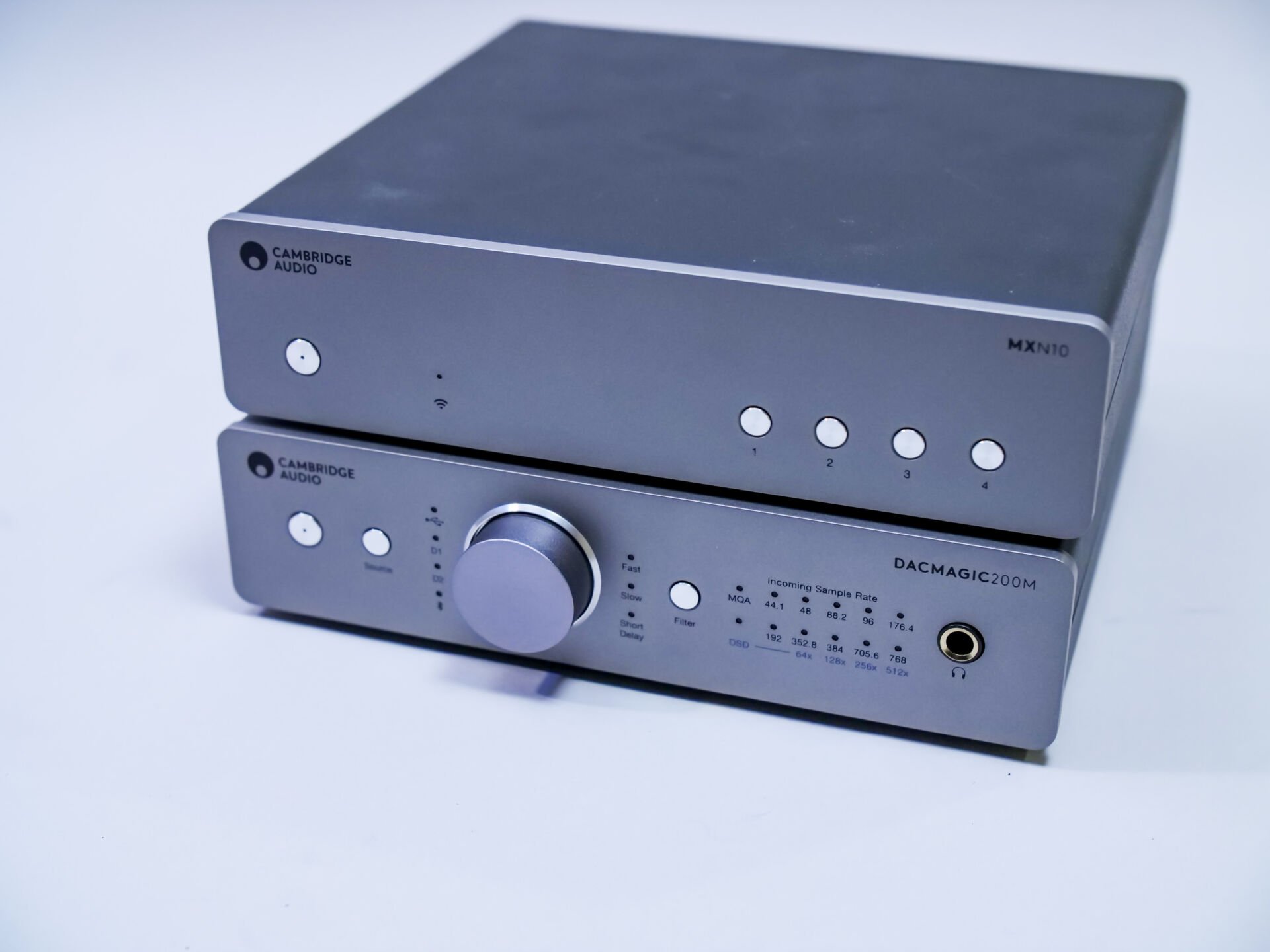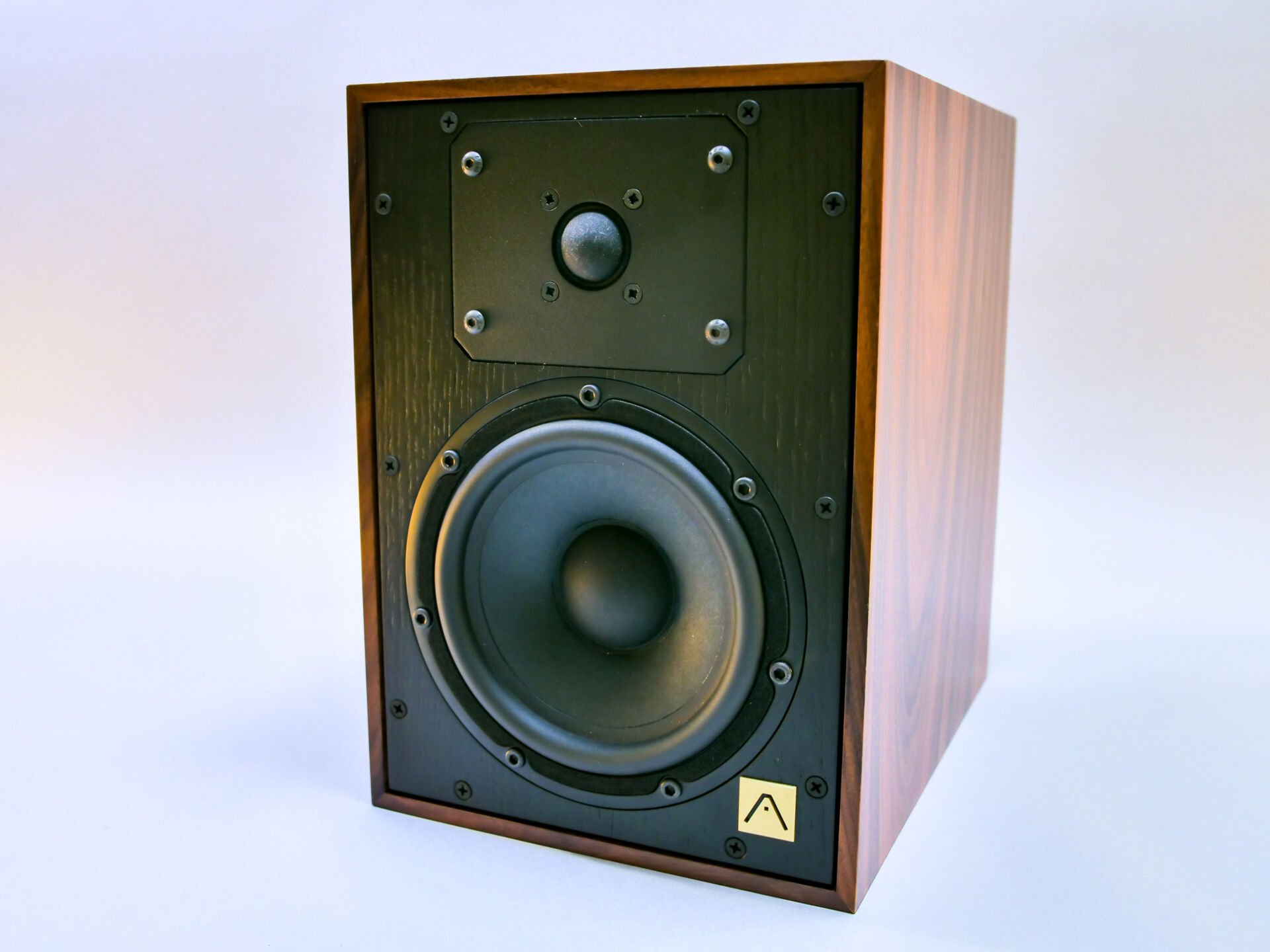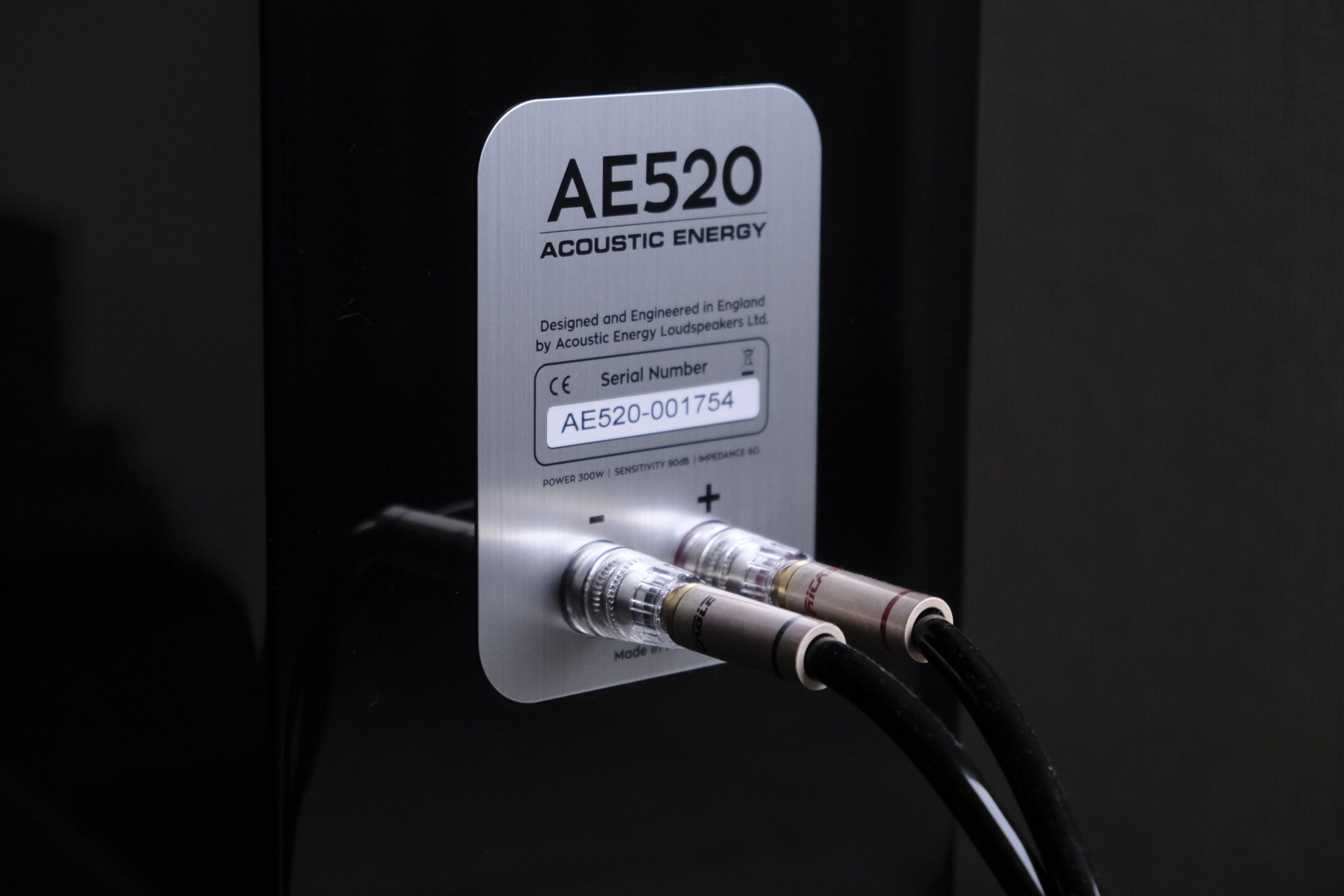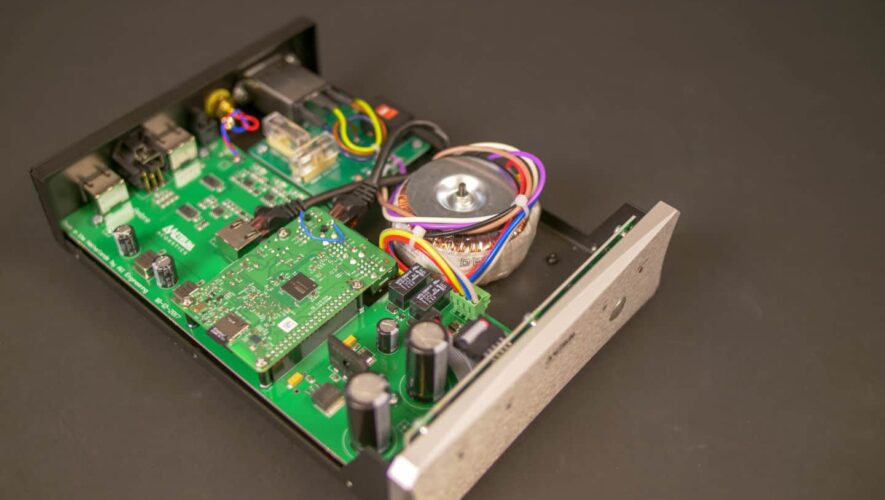

Intro
Contents
Streaming is really starting to get a permanent place in many hi-fi and high-end systems. The reason is the fine combination of access to a lot of music, ease of operation and now very good playback. Fixed parties with the better products in this industry are for example NAD, Auralic, Aurender or Lumin. We have been following Metrum Acoustics for some time now and have regularly asked if there is going to be a streamer… At last we know the answer: yes… Meet the Metrum Acoustics Ambre. A purist Roon Endpoint. Price? 1200 euros
It’s just a little box. Without display. Silver or black… Nothing out of the ordinary. Kind of boring even. Or shall we call it discreet? That’s a little friendlier. On the back we see a mains cable connection, coaxial, optical, aes and two network ports. Above one is LAN. Above the others: I2S… hey… that’s what the corresponding module is for. We understand we can do this at the USB input location. First, just install and play.
Simple
If you have ROON running in your network, installing the Metrum Acoustics Ambre is really a piece of cake. Just make sure that you insert the network cable into the correct input and that you connect it first before you plug it in. Without a network, there is a small chance that the operating system will continue to search for the status (time, updates, etc). That’ll be fine, but it may take a while. If you already have the network cable in there, it has an instant Internet connection and everything runs more smoothly.
We open ROON on the desktop PC and enable the zone. By the way, if you want to change the name of the Ambre in your network, you can log on to the Ambre (via the assigned ip-address) and change the hostname there. You can also give the streamer a fixed ip address there (DHCP off). It’s small details. We particularly like the fixed IP address. In this way we can group everything neatly and if necessary arrange things manually at ip level. Think about QoS rules.
Now that we’ve activated the zone, let’s take the Ambre for a week. In the meantime, let’s take a look at what this streamer is made of.
Rasberry… but on steroids
Under the hood of the Ambre is a Rasberry Pi. However: this is purely for the web services and data connection with the ROON server. Processing is already done in ROON. The board is completely optically disconnected from the rest of the Ambre. Cees Ruytenberg uses superfast industrial optical decouplers for this. The network connection is also galvanically isolated.
The exits have been given considerable control for stability. Think of the I2S connection. Metrum uses a network cable for that. The connection has been tested to more than 10 meters. This works flawlessly, although of course the question is whether it is necessary and wise to use such long connections. But should it be necessary, it works. And as icing on the cake, the clocks in the Ambre come from Tentlabs. There are separate clocks for 44.1 and 48 kHz (and multiples thereof). Of course, everything is neatly fed separately.
All in all, the interior looks neat and tidy. But that’s what we’ve gotten used to from Metrum
Insert I2S board
For this test we will also install the I2S board which you can optionally purchase for almost all models: Onyx, Jade, Pavane, Adagio. Changing the board is easy: remove the USB board and insert the I2S board. Ready… You will read later that it is definitely interesting to use this connection. The difference with AES is also clearly audible.









